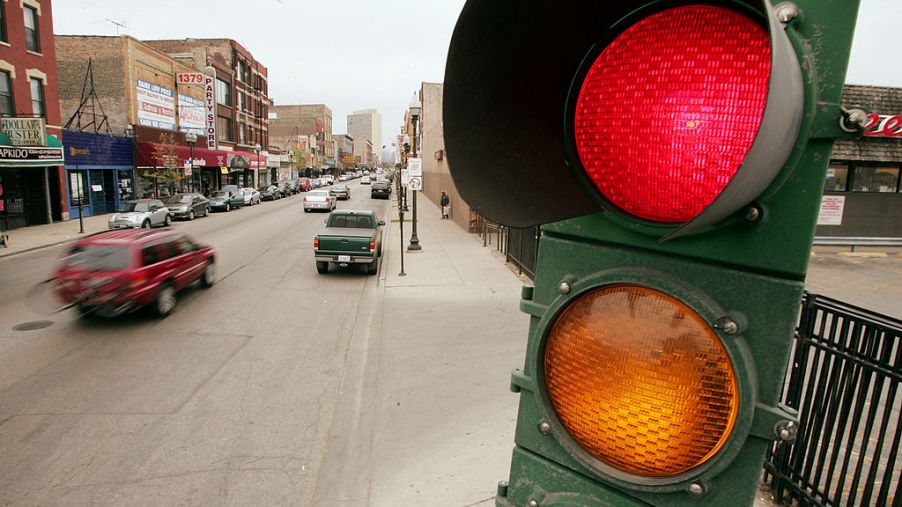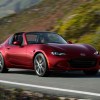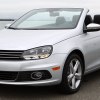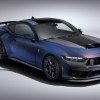
History of the Traffic Light
You may not think much of the traffic lights you see in your car every day. They have become such a normal part of our everyday lives, that we may forget that there was once a time when traffic lights didn’t exist. Let’s take a journey into the long history of stoplights and see how it’s evolved to be the complex system we know today.
The first traffic light: where it all started
The first traffic lights weren’t actually used for automobiles. Before cars were even on the road, people needed a way to control traffic congestion.
Horse-drawn carriages and pedestrians lined city streets, causing chaos and accidents. And as the 1800s brought more and more people to the big cities, it wasn’t long before something needed to be done. According to Live Science, the first traffic light was designed and proposed by British railway engineer John Peake Knight.
Knight designed lights that worked on the same design as the signage used on railways, via the use of semaphore arms that could be controlled manually to move up and down. These arms were used to control the traffic signals, which would be positioned at busy intersections.
Knight’s lights were gas-fueled and controlled by local police. The first gas-lit stoplight was installed outside of the House of Parliament in London, England, in December of 1868.
The semaphore arms were used during the daytime to signal each side of traffic to stop. During the evening, however, police officers manually lit red or green lights to signal carriages to stop and go. Knight chose red as the signal for stop due to its general representation of danger, while green was chosen for its reassuring qualities.
But as gas-powered lights are volatile, these early traffic signals caused serious injuries and accidents when they exploded or caught on fire. It wasn’t too long before Knight’s design was deemed a public health hazard and banned from the streets.
Innovation through electricity
Not long after the first English traffic light, the world started to embrace the industrial age. Industrialization gave way to overcrowded cities, innovation, and even the adoption of automobiles. With increased people and traffic, there needed to be a better traffic system to control it. In the early 1900s, innovation met technology and necessity.
According to History Channel, an American policeman named Lester Wire came up with the idea for the first electric traffic light. Wire’s design would become the foundation for today’s modern traffic system. Though the lights used were electric, this model was still operated manually by officers.
The first electric stoplight, which revolutionized the way we handle traffic, was installed in Cleveland, Ohio, on August 5th, 1914. According to I Drive Safely, the first fully-automated electric traffic light was introduced in San Francisco only a few years later, in 1917. These first lights only had red and green lights, with a buzzer that would sound to indicate when the light would be changing.
How traffic lights have evolved
After the first electric light hit the streets of the U.S., advancements happened quickly all over the world. In 1920, a Detroit policeman named William Potts invented the first four-way and three-way colored traffic signals. These were the first designs to use red, green, and amber hues. During the ’20s, the Detroit-based design was being used in major cities all over the world. The Potts’ design was improved by Garrett Morgan and patented in 1923.
Today’s traffic lights still use the same t-shape design coined by Potts and Morgan, with the same three colors. But people have still been finding ways to improve them, as well as the system behind it since it made its debut in the ’20s.
Stoplights of yesteryear simply operated by changing each light at certain, timed intervals. People found that this eventually led to congestion in certain areas. Inventor Charles Adler Jr. created a system that detected honking made by vehicles to change the lights when needed. However, the honking prompts led to cacophonous noise pollution.
By the ’60s, traffic signal systems became computerized with accommodations for traffic patterns. Traffic lights could now monitor patterns and change automatically, based on computer software. The lights we use today haven’t changed drastically, but have been improved as better technology becomes available. Today’s stoplights can monitor traffic, time, locations, weather, and emergencies, and adjust the lights accordingly.



